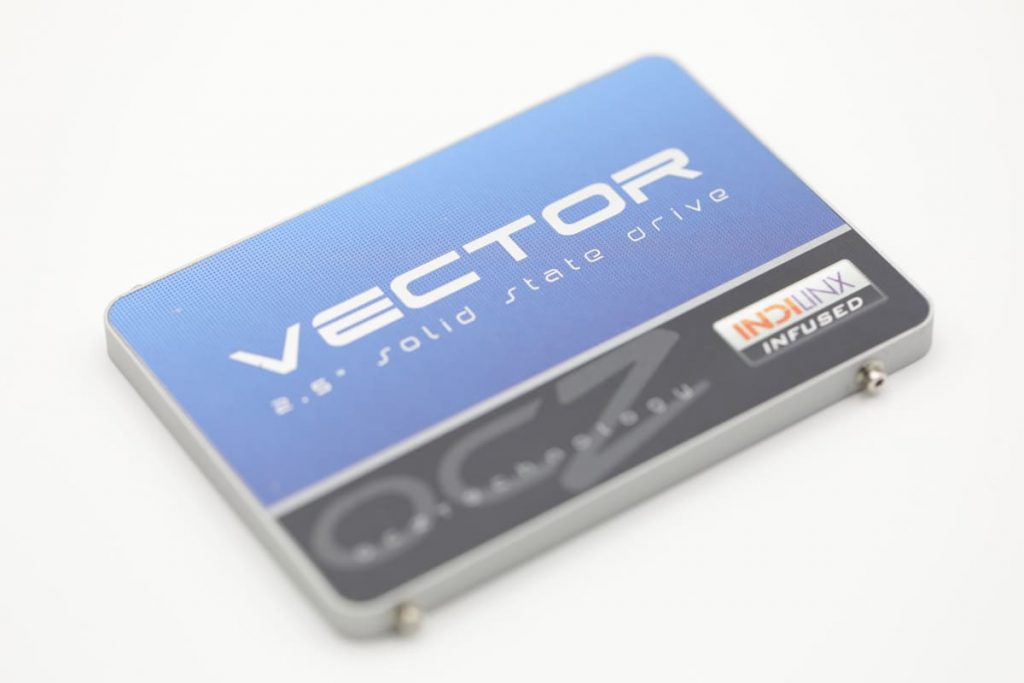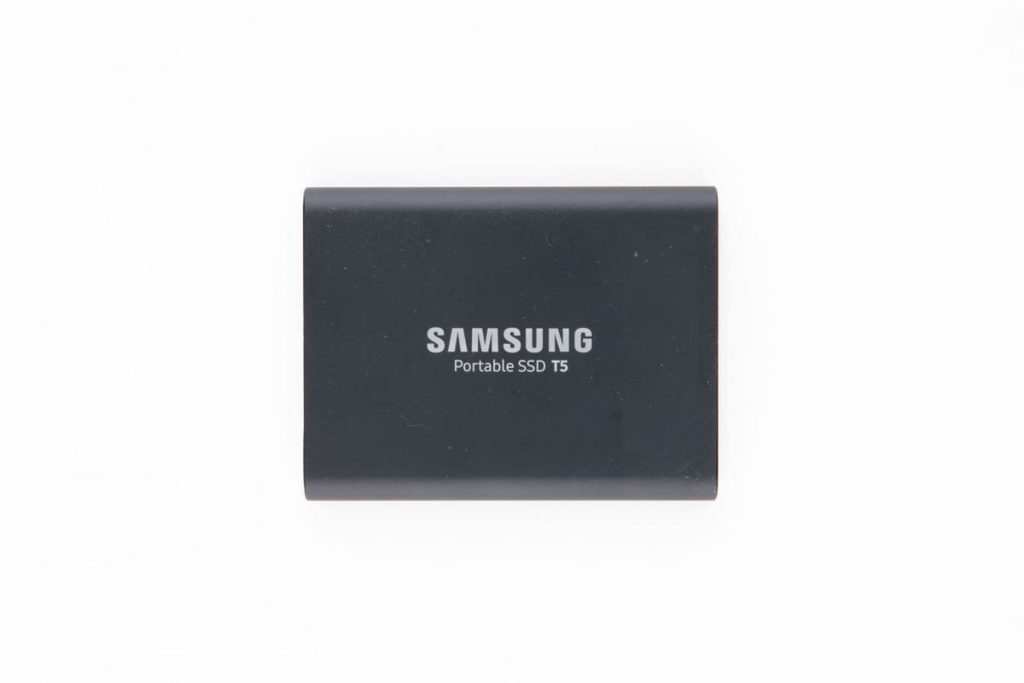SSD Endurance
Solid-state drives have revolutionized how we store and access data. They are faster and more reliable than traditional hard drives, making them the go-to choice for many consumers and businesses. However, one of the downsides of SSDs is that they have a limited lifespan, meaning that they can only endure a certain amount of data writes before they start to degrade. This is where SSD endurance comes in.
SSD endurance refers to the number of times data can be written to and erased from an SSD before it starts to degrade. The higher the endurance, the longer the lifespan of the SSD. This is important because as an SSD begins to degrade, it can lead to slower performance, data loss, and, ultimately, the need to replace the drive.
To extend the life of your SSD, it is important to choose a drive with a high endurance rating. This can be found in the specifications of the drive, and is typically measured in terabytes written (TBW). For example, a drive with a TBW of 400 means that it can write 400 terabytes of data before it starts to degrade.
What does TBW mean for an SSD?
TBW, or Terabytes Written, is a metric used to quantify the total charge cycles of an SSD. The TBW rating indicates how much data can be written to a drive before it is no longer operational. It is expressed in units of terabytes (TB) and represents the entire lifespan of the drive, not just its current state. Generally speaking, the higher the TBW number, the longer an SSD will last. An SSD with a lower TBW rating should be replaced sooner than one with a higher rating in order to ensure optimal performance and reliability. By selecting an SSD with an appropriate TBW rating for their workload, users can minimize downtime and maximize storage longevity.
Another way to extend the lifespan of your SSD is to use it in a way that minimizes data writes. This can be done by using it as a read-only drive or by configuring your operating system to store temporary files on a different drive. Additionally, it’s important to keep your SSD in a cool and dry place, as heat and humidity can accelerate the degradation of the drive.
How long does an SSD last?
The average lifespan of an SSD can range from three to five years, although some drives have been known to last much longer.
Factors that affect how long an SSD will last include the type and quality of the drive, how it is used, how often data is written or deleted, and environmental factors such as temperature and humidity.
As a result, how long your specific SSD will last can vary greatly. By taking good care of your drive, you can help ensure that it lasts as long as possible.

For instance, storing the drive in a place with low temperatures and humidity is important. Additionally, try not to fill the drive up with too much data, as this can cause wear and tear on the drive’s components. Be sure to keep your computer clean of dust, dirt, and other debris, which can accumulate over time and reduce how long your drive will last. Following these tips can help your SSD achieve its maximum lifespan.
SSD vs Hard Drive
One of the main advantages of SSDs is speed. They use flash memory instead of spinning disks, which allows them to access and transfer data much faster than HDDs. This makes them ideal for tasks such as booting up your operating system, running applications, and loading large files.
Another advantage of SSDs is their durability. They have no moving parts, which makes them less likely to fail due to physical damage or wear and tear. This makes them a good choice for portable devices, such as laptops, which are likelier to be bumped or dropped.
HDDs, on the other hand, have a much lower cost per GB of storage. This makes them a more cost-effective option for large-scale data storage, such as archiving large amounts of video footage, audio files, and images.
Another advantage of HDDs is their large storage capacity. They can store up to 14TB of data, while most SSDs currently have a maximum storage capacity of 4 TB.
Conclusion
In conclusion, SSD endurance is an important factor to consider when choosing a solid-state drive. The higher the endurance, the longer the lifespan of the SSD. To extend the life of your SSD, choose a drive with a high endurance rating and use it in a way that minimizes data writes. Additionally, keep your SSD in a cool and dry place. These steps ensure that your SSD lasts as long as possible and provides the best performance and data security.
SSD Data Recovery, should your SSD fail and you need to recover lost data, is also available. Just remember always to back up your files regularly. Doing so will help ensure you don’t lose any important data during an SSD failure.
In summary, selecting the right SSD with a high TBW rating ensures optimal performance and data security. SSDs offer faster speeds, greater durability, and larger storage capacity than HDDs but cost more per GB of storage. SSD Data Recovery is available should your SSD fail.
We are always here to help. If you need assistance with phone SSD data recovery, please don’t hesitate to contact us or submit a request help form. Our experienced and knowledgeable team of engineers has the expertise to recover your phone data quickly and effectively.
Frequently Asked Questions
How is SSD endurance measured?
SSD endurance is typically measured in terabytes written (TBW) or drive writes per day (DWPD). TBW represents the total amount of data that can be written to the SSD before it reaches the manufacturer’s specified endurance limit. DWPD measures the number of times that the SSD can be completely rewritten each day over its lifespan.
What factors affect SSD endurance?
SSD endurance is affected by various factors, such as the type of NAND flash memory used, the controller and firmware of the SSD, the amount of overprovisioning, the workload, and the temperature and humidity of the operating environment.
What happens when an SSD reaches its endurance limit?
When an SSD reaches its endurance limit, it becomes more prone to errors, data corruption, and eventual failure. It is recommended to replace the SSD at or before its specified endurance limit to avoid data loss.
Can SSD endurance be improved?
Yes, SSD endurance can be improved by reducing write operations, using wear leveling algorithms, enabling overprovisioning, avoiding high-temperature environments, and upgrading to higher-endurance SSDs.
Is it possible to recover data from an SSD that has reached its endurance limit?
Yes, it is possible to recover data from an SSD that has reached its endurance limit. However, it may require specialized equipment and expertise to recover data from a failed SSD. It is recommended to seek assistance from a professional data recovery service in such cases.
How can I check the endurance of my SSD?
You can check the endurance of your SSD by referring to the manufacturer’s specifications or by using specialized software that can monitor the health and performance of your SSD.
